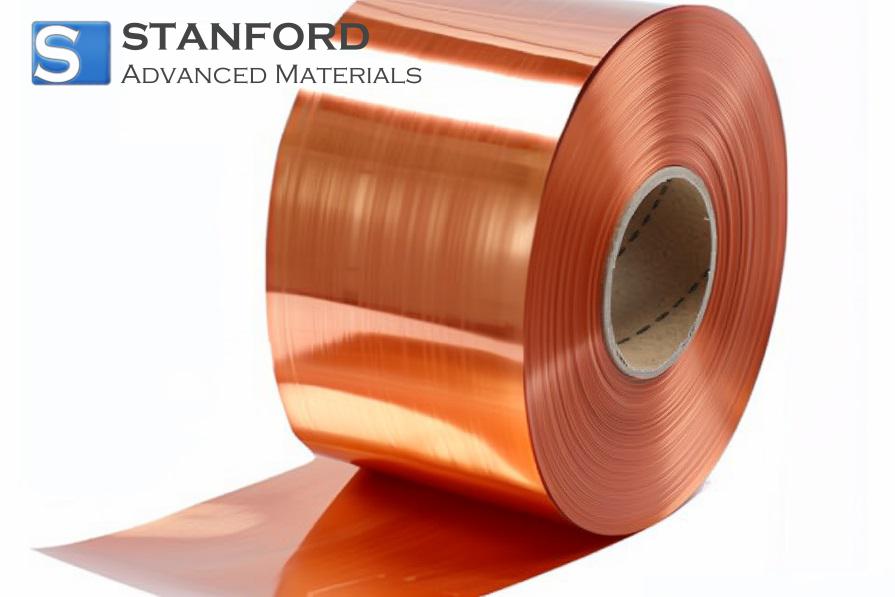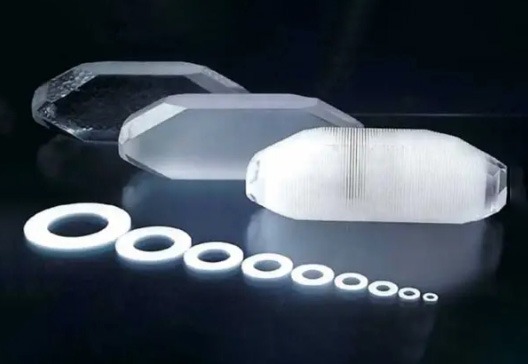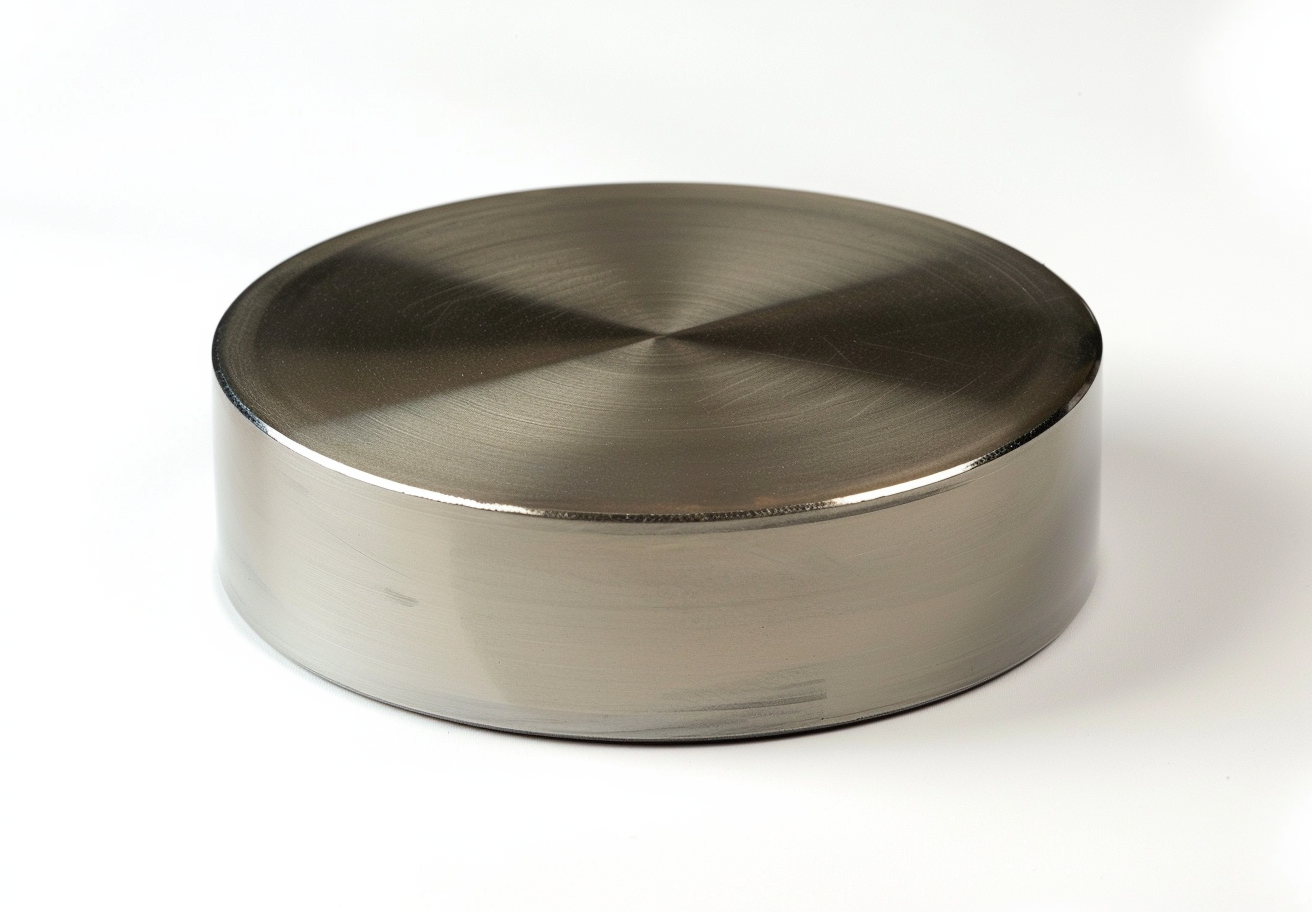Nanoparticles To Replace Needle And Thread For Wound Closure
Nanomedicine offers potential for multiple breakthroughs in medicine and surgery. In the journal Angewandte Chemie, French researchers recently reported a novel method for wound closure. The method utilises aqueous nanoparticle solutions for tissue repair and haemostasis. According to the animal experiments conducted in the study, the procedure is simple to implement. It is rapid and effective even when conventional methods have failed or produced traumatic effects.
Clamps and sutures are established tools in surgical procedures and wound management. They present challenges when affected regions are not readily accessible or during strictly invasive operations. Suturing may damage soft tissues or vital organs such as the kidney, lung, spleen and liver.
The limitations of conventional methods indicate that an effective adhesive is urgently required. However, the adhesive must be applied in a moist environment, thereby subjecting the repaired area to mechanical stresses. Previous adhesive technologies suffered from insufficient strength, the presence of toxic substances causing inflammation, complications during application due to chemical polymerisation and the need for a controlled cross‐linking reaction.
The research team demonstrated the use of these nanoparticles, derived from Stöber silica and iron oxide, in healing rats with deep wounds in the liver and skin. The particles were also tested on soft tissues to repair polymer membranes even during blood flow, as observed in a liver resection procedure that achieved sustained homeostasis within one minute.
Another research team in Paris further developed these findings by successfully testing a new approach for closing living tissue. In this test, droplets of the nanoparticle solution were applied to the affected area and pressed. Consequently, the wound closed within approximately one minute. The principle of this technology is that the nanoparticles disperse over the surface and adhere to the molecular network of the tissue. Given that a large number of nanoparticles are present, millions of bonds connect the two surfaces securely.
For this process, no chemical reaction is required. No artificial barrier is produced, and direct contact between the wound edges is established without the assistance of an artificial barrier. It is possible to adjust the positioning of the wound edges. Furthermore, the nanoparticles involved are so small that they do not interfere with the healing process. This indicates that the technology will be useful for haemorrhagic conditions in traumatic liver wounds where suture material is not applicable.

 Bars
Bars
 Beads & Spheres
Beads & Spheres
 Bolts & Nuts
Bolts & Nuts
 Crucibles
Crucibles
 Discs
Discs
 Fibers & Fabrics
Fibers & Fabrics
 Films
Films
 Flake
Flake
 Foams
Foams
 Foil
Foil
 Granules
Granules
 Honeycombs
Honeycombs
 Ink
Ink
 Laminate
Laminate
 Lumps
Lumps
 Meshes
Meshes
 Metallised Film
Metallised Film
 Plate
Plate
 Powders
Powders
 Rod
Rod
 Sheets
Sheets
 Single Crystals
Single Crystals
 Sputtering Target
Sputtering Target
 Tubes
Tubes
 Washer
Washer
 Wires
Wires
 Converters & Calculators
Converters & Calculators
 Write for Us
Write for Us

 Chin Trento
Chin Trento



